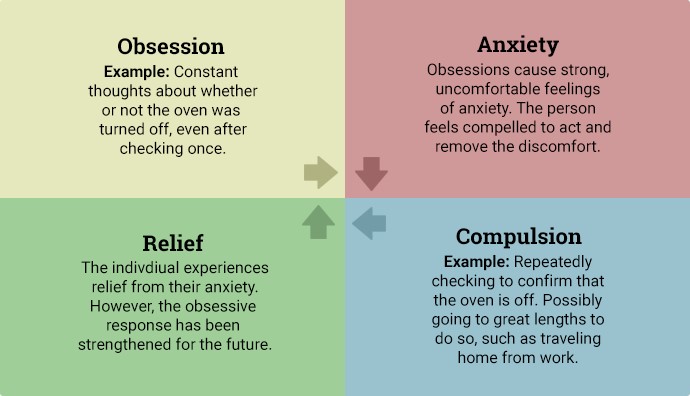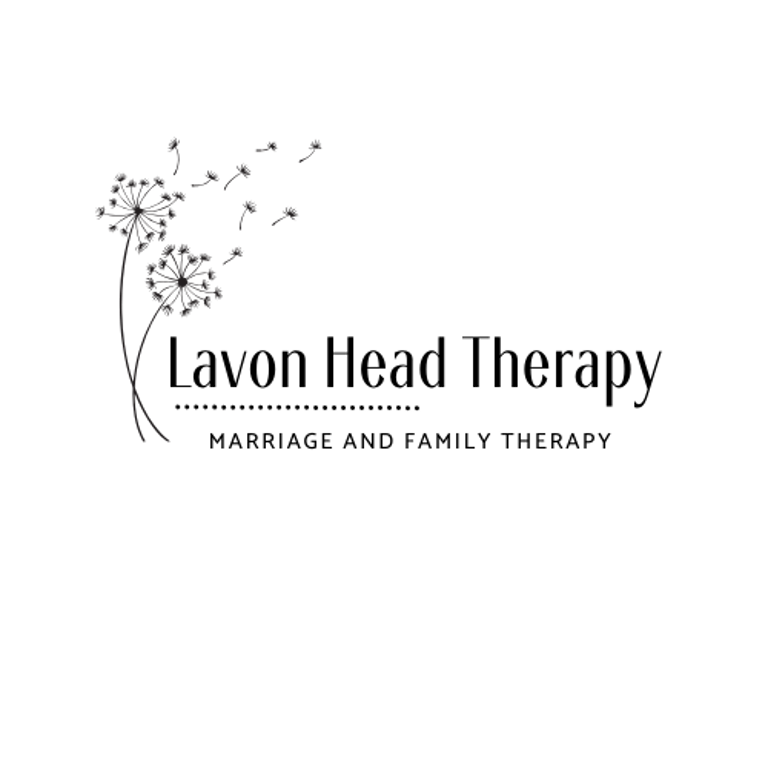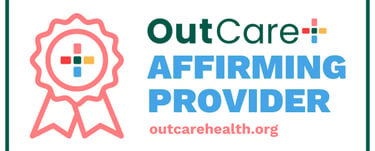"I'm so OCD!"
OCD is no joke, and while people claim to have it, most don't. Read this and find out.
OCD
"I'm so OCD!"
Obsessive-compulsive disorder may be the most popular disorder to say you have, without actually having. In common parlance, "OCD" is used to refer to someone who likes things a particular way, or who seems overly concerned with cleanliness.
In the world of mental health, obsessive-compulsive disorder refers to something more serious. OCD can be scary or frustrating, and by definition, it is time-consuming or impairing.
Overview of Obsessive-Compulsive Disorder
OCD includes two major types of symptoms: obsessions and compulsions. A person diagnosed with OCD can experience both sets of symptoms, or only one of the two.
Obsessions are thoughts, urges, or images that just won't leave a person alone. They're perceived as being intrusive and unwanted, and they often lead to feelings of anxiety, shame, and doubt. Some common obsessions include:
Fear of contamination by coming in contact with germs, dirt, or bodily fluids
Unwanted sexual or violent thoughts
Fear of losing control of one's own actions and acting on negative impulses
Excessive concern about evenness or exactness
Concern about morality or offending God
Fear of causing harm to self or others
Compulsions are repetitive behaviors that a person performs according to a rigid set of rules, or in response to an obsession. Compulsions are intended to reduce anxiety, although they have no realistic connection to the anxiety-producing situation, or they are excessive. Some common compulsions include:
Cleaning or washing excessively
Mentally reassuring oneself that everything is OK
Repeating activities a specific number of times
Rearranging items until they feel just right
Mentally reviewing a situation again and again
Excessively checking that a mistake was not made
Diagnostic Criteria of OCD
To meet the criteria for OCD, the individual must have obsessions or compulsions, or both.
Obsessions
1. Recurrent and persistent thoughts, urges, or impulses, that are experienced at some time during the disturbance as intrusive and unwanted, and often cause anxiety.
2. The individual attempts to ignore or suppress these thoughts, urges, or images, or to neutralize them with another thought or action.
Compulsions
1. Repetitive behaviors or mental acts that an individual feels driven to perform in response to their obsessions or in accordance with a rigid set of rules. These can include hand-washing, checking (such as repeatedly checking that a door is locked), counting, or repeating words silently.
2. The behaviors are intended to reduce anxiety, distress, or some dreaded event. However, the compulsive behaviors are not realistically connected to what the are trying to prevent, or they are excessive.
A diagnosis of obsessive-compulsive disorder also requires that the obsessions and compulsions are time-consuming (for example, they require over 1 hour every day), distressing for the individual, or they cause impairment in an important area of functioning.
Finally, the symptoms of OCD cannot be better explained by another cause, such as a drug or medical condition (including other mental disorders).
Adapted from the DSM-5 by the American Psychiatric Association
How Does OCD Work?
So, how does OCD actually work? First, to understand OCD, you need to know a little bit about anxiety. Your body uses anxiety as an alarm system to warn you about possible dangers. At a low level of perceived danger, your body might experience stress. At a high level of perceived danger, your body will experience fear. Normally, anxiety helps to keep us alive. It stops us from driving far too fast, and it keeps us alert when we walk down a dark street alone.
With OCD, the anxiety alarm system is triggered far too easily, and its warnings are much more intense than necessary. Minor dangers—or dangers that don't even exist—might trigger a strong anxiety response.
Imagine that someone with OCD touches a doorknob, and becomes overwhelmed with the fear that their hand will become infected (this is the obsession). They immediately wash their hands, but not for 15 seconds like many people might. Instead, they wash their hands for 10 minutes (this is the compulsion).
The brain takes note of the serious response to touching a doorknob, and confirms to itself that touching doorknobs must be dangerous. Furthermore, the brain notices that the anxiety did in fact diminish after 10 minutes of hand washing, so it must have helped. This creates a negative feedback loop where small sources of anxiety result in extreme responses, which then further reinforce the obsessions and compulsions.
Exposure and Response Prevention therapy is evidence based treatment for OCD. Ask me to explain it to you.








